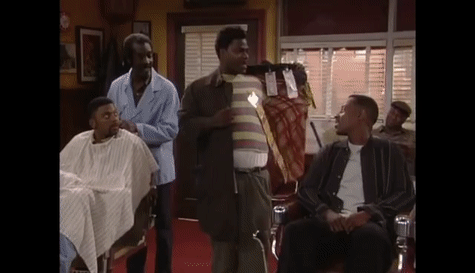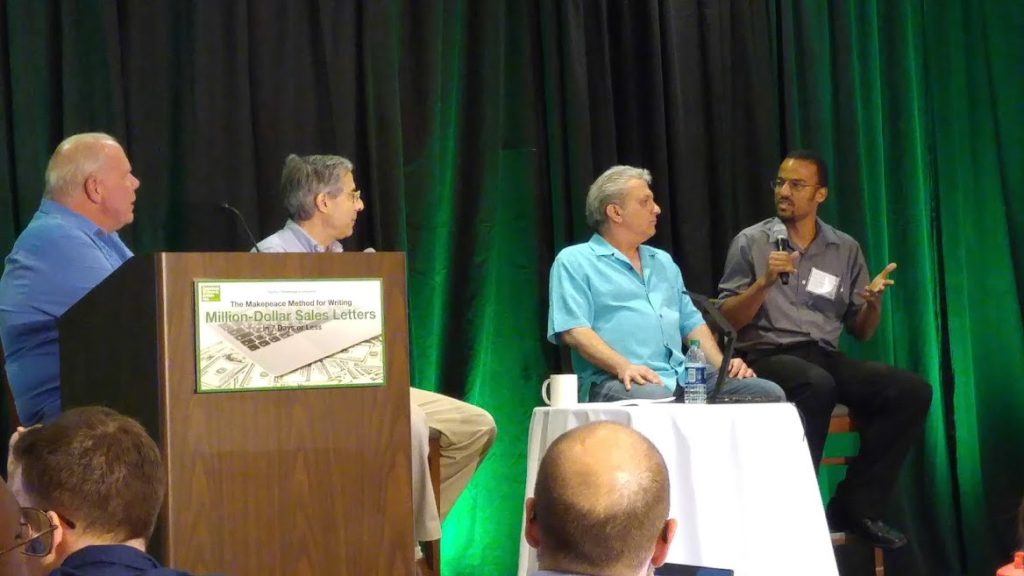Did you see the video clip of a director at CNN (google “Charlie Chester”) admitting the network is basically a propaganda machine?
Now, this isn’t a shocker. Most adults realize every news network is biased… and getting worse every day. But it’s interesting to hear it straight from the horse’s mouth.
Believe it or not, this is a useful topic to discuss. I’m going to use it as a springboard to introduce a few ideas.
If you’ll indulge me for a moment, I think could be very profitable for you.
1) The REAL Purpose of the News
Have you ever heard the term “news hole”? Give yourself a big gold star if you have.
Most people — even journalists — haven’t.
The news hole is the amount of space or time a printed newspaper, magazine or broadcast show has to fill after all the advertising has been sold.
In other words, if an hour-long news show contains 18 minutes of commercials, the news hole is 42 minutes.
Note the priority here.
Advertising comes FIRST.
There is no “ad hole” they need to fill after covering all the news they want to report on.
Informing and educating the public is a secondary consideration. (Tertiary, really. More on that in a moment.)
You know this is true. All shows are structured around the commercials, not just the news.
In fact, all content is essentially a vehicle to deliver marketing messages.
And they use teasers and open loop cliff-hangers to get you to sit through commercials through the whole program.
Here’s the takeaway:
I know you probably love educating your readers about your area of expertise. And that’s great.
But understand that it’s tough to stay in business if you insist on making “content king.”
Instead, your content ought to be designed to bring people in for the REAL show… the offers you’re going to put in front of them.
Don’t get it twisted.
2) Of Course the News Is Biased!
When you realize news is primarily designed (by the big outlets, at least) to sell advertising…
And you realize advertising is most profitable when it’s targeted to specific demographics, psychographics and affiliations…
It all makes sense.
News SHOULD be slanted to attract an emotionally hot audience.
Sounds terrible to even say that. But that’s where we’re at.
Here’s the takeaway:
Being “fair and balanced” is dangerous… and a wasted opportunity to influence for good — and profit.
As a secondary consideration, the people who run the media companies have agendas. So on top of selling advertising… they make every effort to indoctrinate their audiences.
Whether the indoctrination is purely based on a lust for more money/power/respect (“It’s the key to life” ~ The Lox)… or more altruistic reasons like “saving the country”… I’ll leave that for another time.
3) The Truth About News Anchors
How is it that newscasters are celebrities? Some are superstars.
Granted, being on TV can make you a celebrity almost by default. But if the news is supposed to be objective… why don’t media outlets intentionally find Ben Stein’s character from Ferris Buehler’s Day Off?
Instead, they go out of their way to find and develop attractive people with engaging personalities. They invest big bucks with companies like Magid to make their anchors even more likeable.
Why?
Because:
- viewers won’t be bored into watching the news
- we form emotional attachments to the people on the screen
- we come to trust people we continually listen to, somewhat irrespective of their adherence to objective journalism. Some news anchors have become some of the most trusted people in America, despite parroting propaganda on a nightly basis.
(Some have also joined the ranks of America’s wealthiest.)
Here’s the takeaway:
Put your personality into your content and your copy. It can form emotional bonds, develop trust and help you move closer to the ranks of the wealthy in your field.
Have a productive day!





